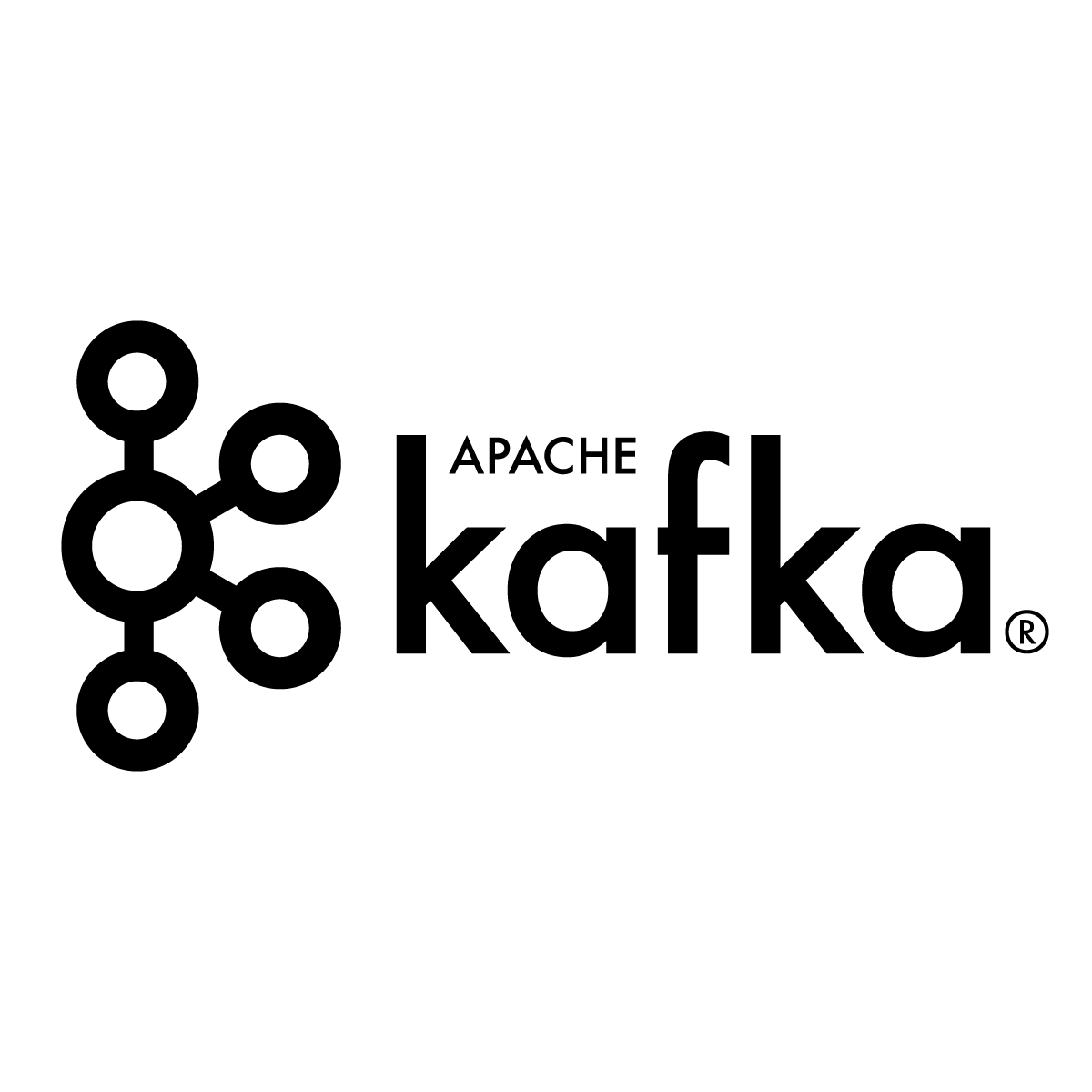Apache Kafka is the defacto industry standard for gathering big data and making available feeds in real-time. Learning Kafka would entitle you to apply for a number of lucrative IT industry positions such as Kafka Developer, Kafka Testing Professional, Kafka Big Data Architect, and Kafka Project Manager.
Incentives for learning Kafka and its components
You will develop the confidence and agility needed to build end-to-end enterprise Kafka cluster after completing the Kafka course. For enhancing Kafka’s capabilities, you can integrate it with Spark, Storm and similar real-time streaming systems. Building a high throughput and low latency messaging system with advanced features would be a breeze for you.
Common Mistakes To Avoid While Using Kafka
It is important that you complete your Kafka certification course from a credible institution. The faculty would then offer you real-life insights into the common traps in which you can easily get stuck while configuring Kafka. This section gives you an overview of the major pitfalls that you may come across so that you can be wary of them.
1. Misconfiguration of consumption rules
The simple consumption rules for traffic routing can lead to additional data being injected into the system. This can adversely impact performance and cause message lines to be choked with a redundant load.
To avoid this, you may misconfigure the consumption rules in a manner that data is not consumed. This would also lead to missing essential inputs by distributed components.
2. Increase in latency time
The configuration of timeout in Kafka is done by ‘Time-To-Live (TTL) setting. Anything from the log is not deleted unless the timeout parameter is met. While deleting, suitable log.retention.*setting is invoked from the .properties broker file.
If you prolong the deletion time, this would lead to swelling of logs. Consequently, performance would be adversely impacted and latency would increase as writing is done through swapping of disks. There is the risk of consumer missing vital inputs if deletion of logs is done quickly.
3. Fault in message infrastructure
With Kafka, you no longer need to buffer messages within user space. Efficient streaming of messages happens inside the kernel IO. But, if the kernel is accessed in an unsafe manner, potential faults of colossal nature can adversely impact and can even bring to a standstill the messaging setup.
4. Topics go without any consumer
When you are debugging, you would want to view definite logs. This is needed for:
- Developing a system up.
- Selecting records which will need data feeds later.
However, the optimal performance of the system can be compromised if debugging options’ deactivation is not done. If a debugger is allowed to run when the system is up, topics may have no consumers at times.
5. Getting tied to the proprietary tool of Confluent
Confluent Schema Registry is a tool that is built by the developers of Kafka. This is used for decoupling the systems which have been integrated with Kafka. Consequently, you pave the way for growth and expansion of your system.
Schema Registry is employed to:
- Record the data schema used by producers.
- Record the decoding and data validation methods used by consumers in adherence to schema rules.
Confluent charges nothing for the use of schema registry. Apache.org doesn’t distribute the feature.
However, when you want to upgrade your system, you would be required to use the Confluent’s tool for managing schemas. Resultantly, forward compatibility would be a major issue to overcome.
6. Not factoring in future plans when setting up Kafka
Apache Kafka can be set up in various ways. Your choice would be based on your usage of:
- Confluent’s native free version.
- Paid version on Docker.
- Using the Apache.org provided distro.
You should ensure that the Kafka version, Payment module, and Installation mode should be in accordance with your future expansion plans. Else, you would have to rebuild the system all over again.
You can learn more about the same in this video: https://www.youtube.com/watch?v=xsdoQkoao2U
Apache Kafka certification: The gateway to a promising career
Training in Apache would build your expertise in configuring, installing, administering and performance testing Kafka. Your understanding of Kafka’s architecture, client APIs (producer, consumer), stream APIs, and Connect API would deepen. You can confidently integrate Kafka with Storm, Spark and Hadoop. Various streaming use cases would offer you real life and hands-on experience while learning. It is desirable that you have fundamental understanding of Java to understand the concepts faster.
Knowledge of Apache Kafka would help you earn big. The excitement that accompanies working on prestigious projects would be a bonus.
